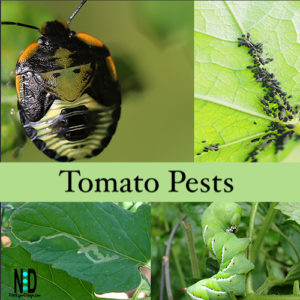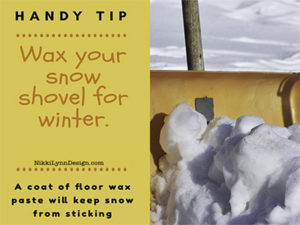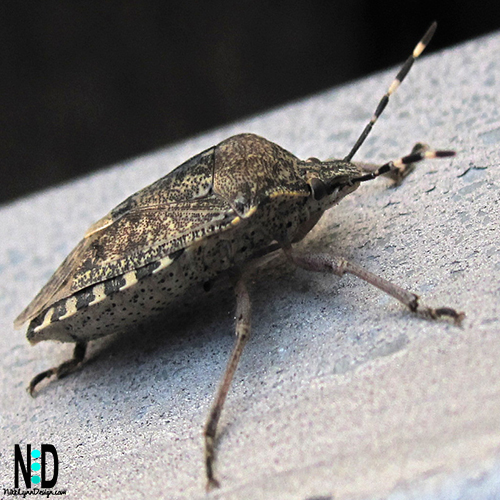Common Lawn Pests
Disease and common lawn pests can be prevented or cured by following a few basic steps. Be sure to set your low mower height to 1-1/2 inches, have a sharp blade, have the proper fertilizing, drainage, and water. Even following each and everything above still can bring on unwanted insect attacks. So what pest is your culprit?
Chinch Bug

What Does A Cinch Bug Look Like?
1.) The bugs are small flat bugs that are about the size of a grain of rice.
2.) The baby ones are brick red, but turn a brown color in their middle age.
3.) As adults, they turn a black color with white wings.
What Do Chinch Bugs Do?
A lawn that has Chinch Bug Infestation. The picture shows what a lawn will look like if they are not dealt with quickly and properly.

1.) Brown patches with reddish middle.
2.) Outer circle has a yellow color.
3.) Pull on grass. It will still be firmly rooted.
Testing for Chinch Bugs
Since the bugs are so small it is easier to test your lawn using a coffee can and water to see them. Cut both ends off of a coffee can and stick one end into the ground. Fill it with about 1/2” or better full of water. The chinch bugs will float to the top.
Sod Webworm

What Does a Sod Webworm Look Like?
A creamy white colored worm with brown spots and a brown head that chews on grass and eats the roots of lawns.
What Do Sod Webworms Do?
Sod webworms create irregular-shaped brown-colored areas in the grass.
Testing For Sod Webworms
A good way to test for sod webworms is to mix two teaspoons of pyrethrum in one gallon of water and apply it one square inch of the affected area. Within a ten minute period of time if you see gray worms coming to the surface you have an infestation.
If the infestation has gone on for a long period of time you may see small lawn moths, this too, is a good indication.
Japanese Beetle Larvae

The adult form of a white grub of the Japanese beetle (Popillia japonica) is pictured to the right.
Larvae feed on roots underground of plants and grass, while adults feed on leaves and stems.
The life cycle takes a year. The insect spends most of its life as a larva underground. In late spring, grubs change into a pupa. In early summer, the pupae become adult beetles and emerge.
What Can You Do To Get Rid of Chinch Bugs and Sod Webworms?
1.) Insecticide
The best insecticide that I know of to get rid of chinch bugs and sod webworms has the active ingredient Bifenthrin. This company sells the best product on the market Talstar PL Granules Insecticide.
The product works to control ants, fire ants, spiders, fleas, ticks, worms, crickets and almost all other lawn insects such as chinch bugs and sod webworms.
Can be used on lawns, landscapes, gardens, and perimeters of buildings. Protection for 2-3 months. Also works on scorpions. It is safe to use around birds, pets, and other mammals.
2.) Organic Solution
For white grubs of the Japanese Beetle larvae, the bifenthrin doesn’t work. I found that this product St Gabriel Laboratories 10Oz Conc Milky Spore 80010-9 Grub Control works extremely well.
The spores go into the ground and kill the larvae of Japanese beetles and grubs that feed on the roots of the grass. The spores multiply for years to come. Also, if you have mole and vole in your yard – a pretty high chance you have grubs from the Japanese beetles. Kill off grubs to starve moles and voles.
❥ 100% organic and lasts 10-15 years.
❥ Safe to use around pets and children.
❥ Safe for beneficial insects.
Common Lawn Pests

Additional Posts
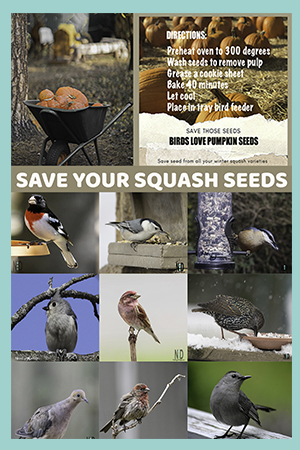
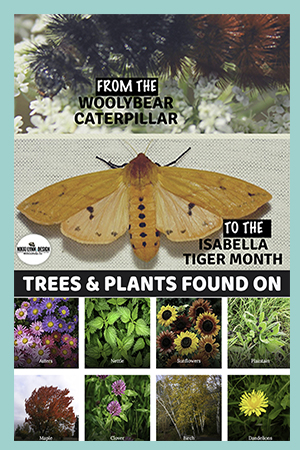
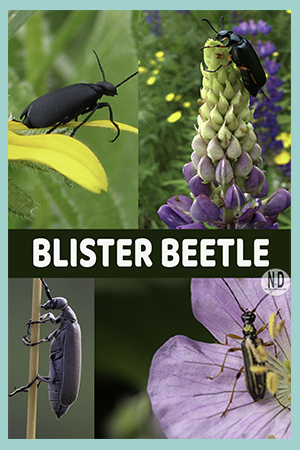








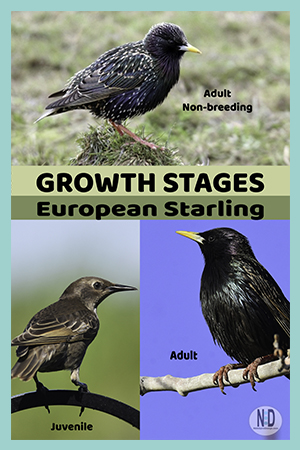
AFFILIATE POLICY: Posts on this site may contain links to outside vendors that pay me a commission when you purchase from them, at no additional cost to you. Thank you for supporting this site!

